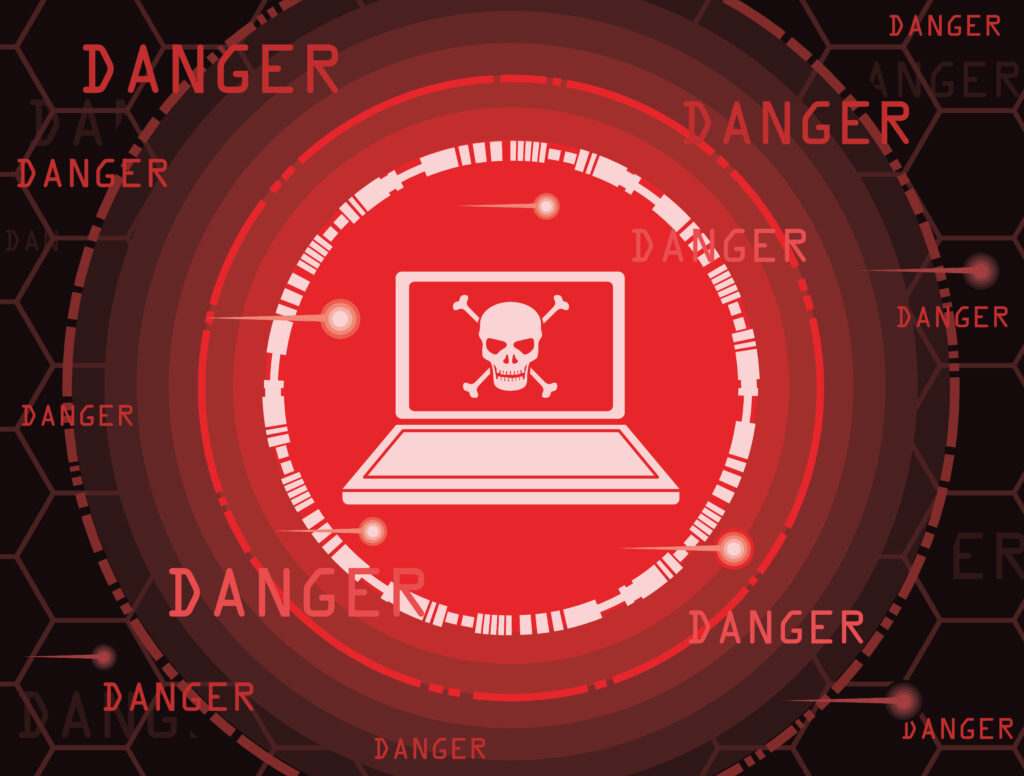In an age when our lives are increasingly intertwined with technology, the threat of computer viruses and malware looms ever larger. These malicious programs can wreak havoc on your computer, compromising your personal information, financial data, and even your digital identity. But fear not, for there are effective methods to wipe out computer viruses and restore the health of your digital devices. In this post, we provide essential steps to help you protect your digital world.

Step 1: Identify the Signs of Infection
The first step in combating a computer virus is recognizing the signs of infection. Common indicators include:
- Sluggish Performance: If your computer suddenly becomes slow and unresponsive, it might be infected.
- Unexpected Pop-Ups: Frequent and unwanted pop-up ads or alerts can be a red flag.
- Changed Homepage or Browser Settings: Malware often alters your browser’s homepage or settings.
- Disabled Antivirus Software: Some viruses disable your antivirus or other security software.
- Unusual Network Activity: Monitor your network activity for suspicious connections.
Step 2: Isolate the Infected Device
If you suspect a computer virus, disconnect the infected device from your network. This prevents the virus from spreading to other devices and ensures that it cannot communicate with its command and control server.
Step 3: Boot into Safe Mode
Restart your computer and boot into Safe Mode. This minimizes the number of drivers and processes running, making it easier to detect and remove malware. Safe Mode can typically be accessed by pressing F8 or another designated key during startup.
Step 4: Update Your Antivirus Software
Ensure that your antivirus software is up to date. Run a full system scan to identify and quarantine or delete infected files. If you don’t have antivirus software, consider installing a reputable program immediately.
Step 5: Use Malware Removal Tools
In addition to your antivirus software, use specialized malware removal tools like Malwarebytes or AdwCleaner. These tools can detect and remove specific types of malware that might evade traditional antivirus scans.
Step 6: Restore from Backup
If the virus has caused irreparable damage or compromised critical files, it might be necessary to restore your system from a backup. Ensure your backup is clean and free from malware before proceeding.
Step 7: Change Passwords and Monitor Accounts
After removing the virus, change the passwords for your online accounts. This helps secure your accounts in case any sensitive data was compromised during the infection. Consider using a password manager for added security.
Step 8: Stay Informed and Educated
Preventing future infections is just as important as removing current ones. Stay informed about the latest cybersecurity threats and best practices. Educate yourself and your family or colleagues about safe online behavior.
Step 9: Regularly Update Software
Keep your operating system, software, and applications up to date with the latest security patches. Cybercriminals often exploit vulnerabilities in outdated software.
Step 10: Use a Firewall
Enable a firewall on your computer or router to block incoming and outgoing malicious traffic. A well-configured firewall can add an extra layer of protection against malware.
Step 11: Be Cautious with Email Attachments and Links
Exercise caution when opening email attachments or clicking on links, especially if they come from unknown or suspicious sources. Email is a common vector for malware distribution.
Step 12: Backup Your Data Regularly
Regularly back up your important data to an external source or cloud storage. In the event of an infection or hardware failure, you can restore your data without losing valuable information.
Step 13: Seek Professional Help (If Needed)
If you’re unable to remove a persistent virus or if the infection has caused extensive damage, consider seeking assistance from a professional IT or cybersecurity expert.
By following these steps and maintaining good cybersecurity practices, you can effectively wipe out computer viruses and protect your digital world from future threats. Remember, vigilance and proactive measures are your best defenses against the ever-evolving landscape of computer malware. Stay safe and secure in the digital realm!